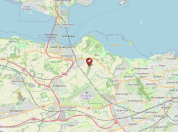Zoeken
Filteren op
Type
Labels
Dossiers
Thema's
Afdelingen
Taal
Active filters
1730 zoekresultaten
Zoekresultaten
-
Dæli
Metadata of the study site Dæli (DAE), Norway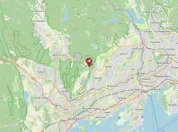
-
Dwingelderzand
Metadata of Dwingelderzand (DWZ), Netherlands
-
Dwingeloo
Metadata of the study site Dwingeloo (DWI), Netherlands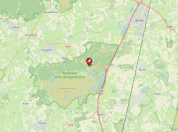
-
Dunedin Botanic Garden
Metadata of the study site Dunedin Botanic Garden (DUN), New Zealand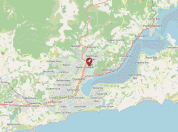
-
Doñana
Metadata of the study site Doñana (DON), Spain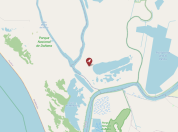
-
Dlouhá Loučka
Metadata of the study site Dlouhá Loučka (DLO), Czechia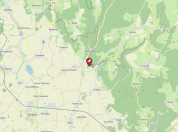
-
Dinas
Metadata of the study site Dinas (DIN), United Kingdom
-
Dieverzand
Metadata of the study site Dieverzand (DVZ), Netherlands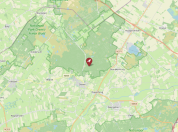
-
Dazlina & Ivinj
Metadata of the study site Dazlina & Ivinj (DAZ), Croatia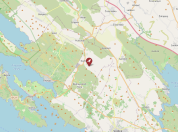
-
Dalmeny
Metadata of the study site Dalmeny (DAL), United Kingdom